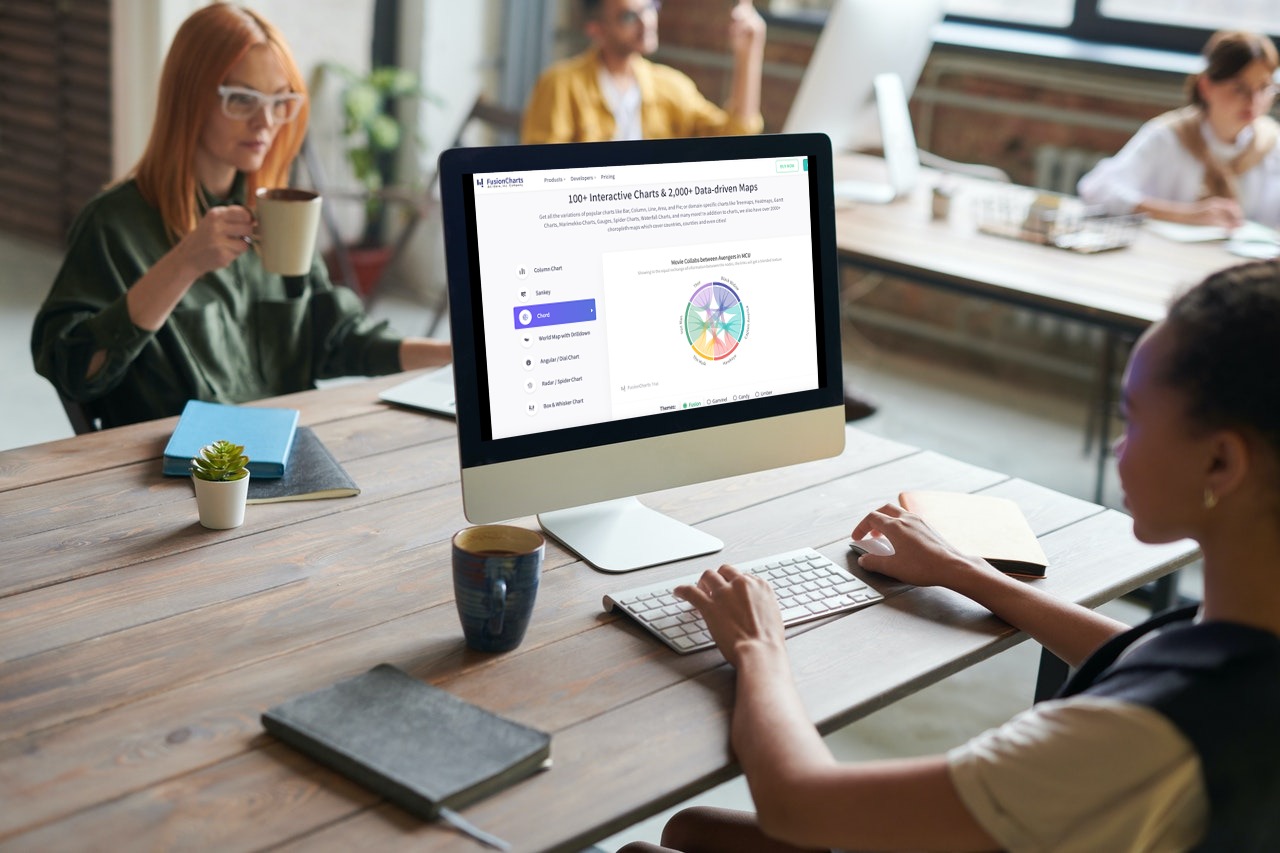With the growing popularity of data science and statistical learning, open data sources’ value is also growing. Data gathered from real-world situations helps researchers learn patterns and trends and create models for predictive analysis. Where no or limited data is available, however, data scientists have found a solution. Transfer learning, another area of machine learning, takes data from one domain and successfully applies it to make predictions and decisions to fill that gap.
Unfortunately, putting together repositories of large datasets is costly as well as time-consuming. That’s why we have taken the time to compile a list of ten open data sources that you can use. Gathered from government and NGOs, they are publicly available datasets. You can use them for transfer learning for your organization’s own data analytics and prediction. Data from these datasets can be used to create powerful
data charts.
Repository 1: Data.gov
The US General Services Administration, Technology Transformation Service hosts Data.gov. Since 2009, this service has provided public access to large datasets. Also, there are 312,142 datasets from various areas like commerce, agriculture, defense, education, aeronautics, and transportation. For easy access, the data comes in CSV, JSON, and XML formats.
Repository 2: US Census Bureau
The United States Census Bureau is another US source that maintains extensive population and demographic data. Here you will find data related to income, employment, education, health, business, and the economy for different US regions, counties, and states.
Repository 3: United Kingdom Data Service
The UK Data Service hosts education, environment, ethnicity, housing, health, and other social and economic data. You can easily browse data by theme or type. They also have teaching datasets for research purposes.
Repository 4: Gov.UK
Another UK data source, Gov.UK, is a public data repository published by the central government and local and public bodies of the United Kingdom. At Gov.UK, you can find datasets ranging from business and the economy to education, environment, crime, and health.
Repository 5: UNICEF Data Source
UNICEF maintains a complete data repository that tracks the plight of children and women around the world. UNICEF also studies the effect of the COVID 19 pandemic on children’s education, health, nutrition, and economic status.
Repository 6: World Bank Open Data
World Bank Open Data is another extensive, up-to-date data resource for economic and financial data. The world bank maintains statistics on GDP rates, logistics, worldwide energy consumption, global money disbursement, administration, and much more.
Repository 7: Open Data Network
The Open Data Network is also a vast data repository for economic, financial, and demographic data. This resource contains datasets from categories like infrastructure and transportation as well as education and even politics.
Repository 8: European Union Open Data Portal
The European Union Open Data Portal, another European database, is the official catalog of EU statistics related to energy, commerce, education, and agriculture. It contains more than 1,080,000 datasets searchable by category or country.
Repository 9: Global Financial Data
Next,
Global Financial Data maintains financial and economic datasets from around the world. Economic and market indicators, income data, GDP statistics, commodities, bond prices, and returns. Global Financial Data requires a subscription to access its resources, but a free subscription allows access to complete datasets.
Repository 10: Financial Times
Finally, the Financial Times is a significant repository for economic and financial data and covers the global market. These data archives are available, however, only by subscription.
Leverage FusionCharts to Create Beautiful Illustrations of Large Volumes of Data
Data visualization is the first step in understanding data and gaining insights. While a reliable data source is critical for data analysis, a tool for visualizing and illustrating this data is equally important.
FusionCharts allows developers to create beautiful charts, graphs, gauges of large volumes of data. It is a complete library that can plot all types of data available in JSON or XML format. Also, there are numerous options for generating effective and meaningful illustrations no matter the type of dataset.
With over 100 charts and graphs to choose from and 2000+ choropleth maps, FusionCharts is the first choice of a data scientist for a powerful data visualization tool. It also comes with extensive documentation and easy-to-follow tutorials. You can access FusionCharts from almost all popular frameworks, including Django, Svelte, Java, and React, to name a few.
Don’t wait. Start your free FusionCharts Trial today and make the most of open-source data now!



